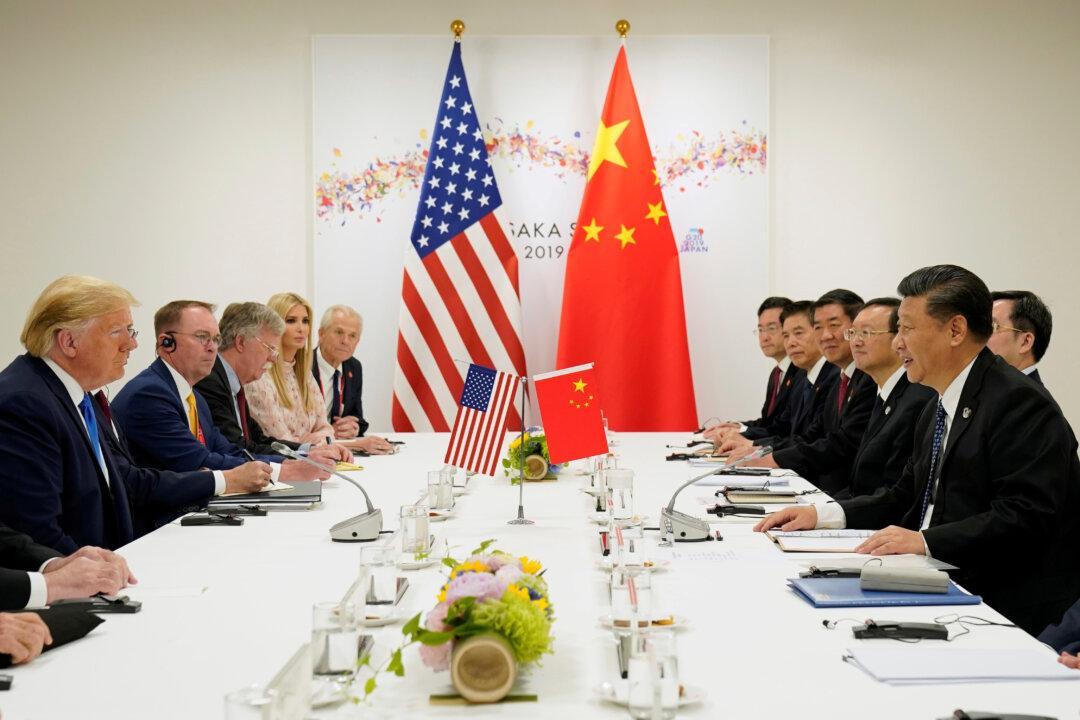News Analysis
Not satisfied with the progress of ongoing negotiations with Chinese trade representatives, President Donald Trump introduced fresh tariffs on Chinese goods on Aug. 1, putting additional pressure on the Chinese economy.

Not satisfied with the progress of ongoing negotiations with Chinese trade representatives, President Donald Trump introduced fresh tariffs on Chinese goods on Aug. 1, putting additional pressure on the Chinese economy.